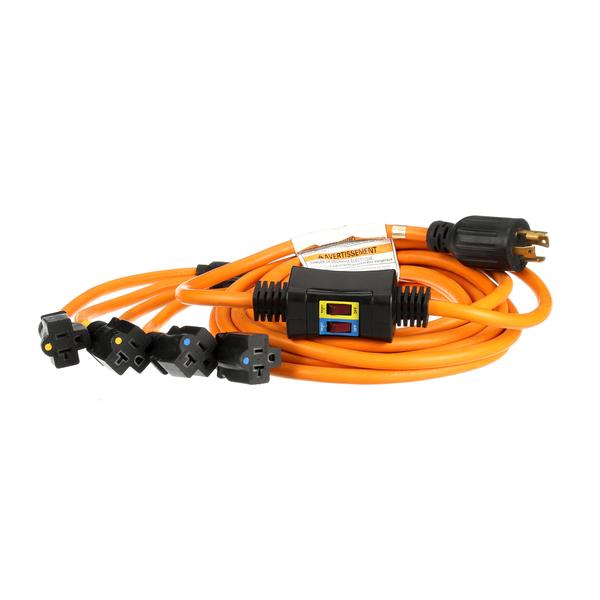Hey guys, got a question about something that isn't covered in the owner's manual.
Bought an adapter cord that will allow me to plug the higher amp. 120 volt appliances into the 50 amp outlet on the generator, leaving the 20 amp plugs open for smaller stuff.
Westinghouses's smaller generators have a 120/240 toggle switch for the 50 amp outlet, while mine doesn't. Does this outlet automatically choose the right voltage? I don't want 240 volts going to my portable AC and refrigerator. What am I missing?


Bought an adapter cord that will allow me to plug the higher amp. 120 volt appliances into the 50 amp outlet on the generator, leaving the 20 amp plugs open for smaller stuff.
Westinghouses's smaller generators have a 120/240 toggle switch for the 50 amp outlet, while mine doesn't. Does this outlet automatically choose the right voltage? I don't want 240 volts going to my portable AC and refrigerator. What am I missing?

